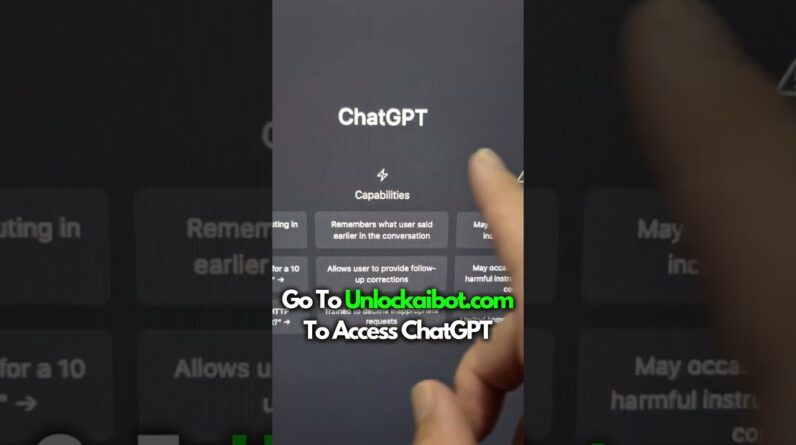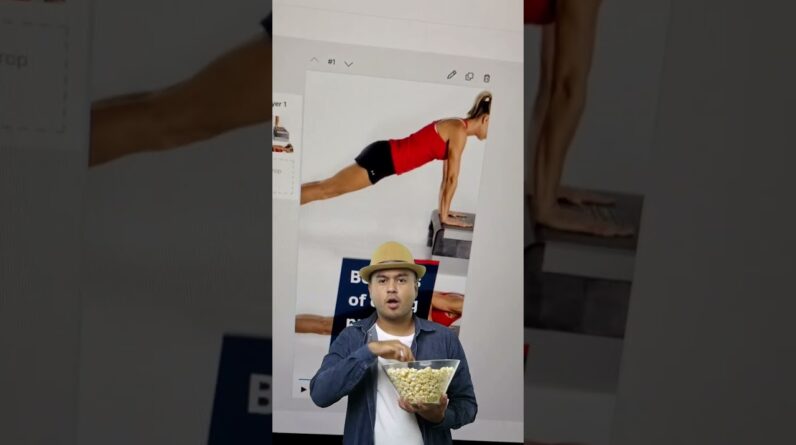This millionaire trader revealed the exact
trading strategy that he used to go from $9100 in 2013 to 1.4 million in 2018, the year after
that in 2019 his account size was at 4 million, and in 2021 his account size had increased
to 82 million dollars. In this video, we will reveal the exact strategy
and risk management that was used by this trader. Please leave a like on the video and subscribe
to the channel to help us create these free videos. Now that we have gotten that out of the way
let’s start! The trader that revealed his strategy and
was able to go from $9100 to 84 million is Kristjan Kullamagi, a self-funded and independent
trader.
Kristjan started in 2011 as a day trader. Like most new traders he blew up his account
4 times during the first 2 years of trading. However he would soon find a simple strategy
that allowed him to make millions by trading. Something that can sometimes be more important
than the strategy is the risk management you use when trading, so let’s first take a
look at what Kristjans position sizing and risk management strategy is.
Kristjan says that you should never have more
than 30% of a position held overnight. From this we can safely assume that most of
his positions are between 10 and 20% of the size of his account. Now that we know what his position size is,
let’s take a look at the risk that he takes per trade. Kristjan says that his risk per position ranges
from 0.25% to 1%. This means that if we assume an account size
of $100000, the average size of his positions will be between $10,000 and $20,000. This means that the amount of risk that he
takes per trade would be between $250 and $1000. However, Kristjan has stated that his risk
management strategy was a bit different when he had an account size of less than a few
million. When his account size was less than a few
million he had a higher risk between 0.5% and 1.5%. Kristjan has also said that in the very beginning
he risked even more than that, but that was because he didn’t have a good grasp of the
concept of risk management and position sizing. This means that the amount of risk you would
be taking with an account size of $100000 would be between $500 and $1500.
Now that we know exactly what his risk management
and position sizing strategy is, let's take a look at the trading strategy that he has
used to make a fortune. Kristjan uses a strategy that involves trading
break-outs. This means that he looks for big breaks in
the market when trading, an example of this would be a big spike or a big crash in the
price that breaks a previous formation in the chart. Kristjan has said the following about his
strategy: “If you study thousands of the biggest winning stocks over the past 100 years
they tend to move in stairsteps. Meaning that they will make a 20 to 50% move,
pull back and go sideways for a while, then make another move.
This is how most leading stocks act. So how can we find these setups? First, there needs to be a big move to the
upside between the last 1 to 3 months. This move will at least need to be 30% or
more. In fact, Kristjan says that he usually looks
for moves that are anywhere from 30 to 100% or more. after the big move, there will need to be
a pullback. This pullback will need to be followed by
a consolidation phase with higher lows and a tightening range, this phase of a sideways
market will usually last between 2 weeks and 2 months.
During this period the price of the asset
will bounce on and off the rising 10 and 20-day moving average, sometimes touching the 50-day
moving average. Kristjan says that it will look like the price
is surfing the 10 and 20-day Moving averages. The last step to making sure that the setup
is valid is to see a breakout out of the consolidation phase. Now let’s take a look at how Kristjan goes
about entering the trade. Kristjan will enter into the trade when the
price breaks out of the consolidation phase. To find the exact point of entry you can look
at the opening range highs of the 1-minute, 5-minute, or 1-hour candle. Based on this we will enter into the position. The stop loss will be placed at the low of
the daily candle. To make sure that the stop loss isn’t too
large we will also have to consider the range of the consolidation period. For example if the average true range of the
asset is 4.5% then the stop loss cannot be greater than 4.5%. Now that we know how to enter into the trade
let’s take a look at the exit strategy that is used.
Kristjan advises to sell 1 third to half of
the position after 3 to 5 days and then move the stop loss to break even. After doing so, a trailing stop loss equal
to the value of the 10 or 20-day moving average can be applied to the rest of the position. Whether you use the 10 or 20-day moving average
depends on how volatile the stock is, but Kristjan advises beginner traders to stick
to waiting for the first close below the 10-day moving average before exiting the position. Now let’s head over to tradingview and showcase
entries that can be made with the strategy. Kristjan mainly uses 4 indicators, 3 of which
are Moving average indicators and the last one is the volume indicator. We will show you how to get all of these indicators
even on a free tradingview plan.
First, Click on the indicator search tab and
search for the 10-in-1 moving averages indicator. Select the indicator made by Himanshu and
add it to the chart. The other indicator that we will be adding
is the volume indicator. Search for the volume indicator. Select the indicator made by tradingview and
add it to the chart. Now let’s change the indicator settings. First head over to the 10-in-1 moving averages
indicator settings and click on the inputs tab, we will be adding 3 moving averages to
the chart. The first one we will be adding is the 10
period moving average. The second one that we will be adding is the
20-period moving average and lastly, we will add the 50-period moving average.
Make sure to change all of the moving average
types to the simple moving average. Now let’s change the color of the moving
averages to make them easier to see. That was all that we needed to do. Now let's take a look at an entry that can
be made with the strategy. But before that, if you are looking for a
secure and reliable broker that has been operating since 2007 and has Raw spreads from 0 pips,
extremely low fees, no hidden markups, and free deposits and withdrawals. then check out AAAFX the best broker to trade
Forex, Indices, Commodities, Stocks, and Cryptocurrencies. They have many deposit methods such as crypto
creditcard and many others. signup via the link in the description of
the video and get access to all of the previously mentioned features. Here we can see the ticker MNKD on the daily
timeframe. so let’s go over the conditions that were
previously mentioned. First we will need to see a large move to
the upside lasting between 1 to 3 months where the price of the asset will need to change
between 30 and 100% or more.
In this case we see a move lasting around
66 days and the price increased by about 90%. After the big move there will be a pullback
followed by a consolidation phase. as you can see the pullback occurs here. the consolidation phase will usually last
between 2 weeks and 2 months. In this case, the phase lasted about 28 days. During this consolidation phase, we see the
price surfing on the 10 and 20-period moving averages. As you can see this occurs here. Finally, we need to see a break out, out of
the consolidation phase. Now that the setup has been confirmed let’s
enter into the position. Unlike many other traders Kristjan likes to
enter during the break out instead of waiting for the close of the candle. The price broke out here so let’s enter
into the buy position here.
We will place the stop loss at the low of
the candlestick. Kristjan advises selling 1 third or half of
the position after three to 5 days. Since the breakout happened on a Friday we
will sell one third after 5 days since there is a 2 day weekend in between. So we will sell one-third of the position
here. To make sure the trade stays profitable we
will first move our static stop loss to break even. After that we will be using the 10 or 20-day
moving average as a trailing stop loss. Since we see that the price has previously
respected the 10-day moving average we will choose to use the 10 day moving average as
the trailing stoploss.
As you can see here price has closed below
the 10 day moving average so we will sell the rest of our position here. This means that we sold 1 third of the position
with around 23% profit and two-thirds of the position with around 80% profit. We are now looking at the price of Axon on
the daily timeframe. Firstly we see an increase of nearly 300%
which means that the first condition has been met. After this big move, we will be looking for
a pullback followed by a consolidation phase. Here we see this happening. The consolidation lasts for about 23 days
which fits perfectly between the 2 weeks to 2-month target.
During this phase we also see that the price
surfs on the rising 10 and 20-day moving averages. Lastly, we will need to see a breakout. We enter into the position as soon as the
price breaks above the consolidation phase. in this case that's here. Once this happens we will be putting the stoploss
at the low of the daily candle stick. Just like with the previous trade we see that
the break out happened on a Friday so we will choose to stay in the position for 5 days
before selling 1 third of the position size. When we look back we can see that the price
respects the 20-day moving average more than the 10-day moving average so after selling
1 third of the position we will move the stoploss to break even. after that we will use the 20-day moving average
as the trailing stoploss. here we see that the candle stick has closed
below the 20-day moving average so we will sell the other 2 thirds of the position. On the first take profit we made around 30%
selling 1 third of the position and on the second take profit we made around 74% selling
the other 2 thirds of the position.
Overall I think this is a great strategy since
it has such a good risk-to-reward ratio. The risk-to-reward ratio is sometimes as high
as 15 making it so that even if the strategy has a very low win rate you would still make
a lot of profit. Please subscribe to the channel and leave
a like on the video to help us keep creating these free videos. If you have any questions feel free to leave
a comment..







